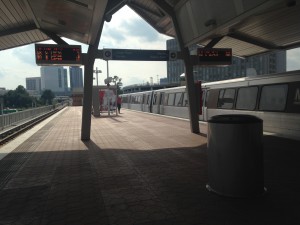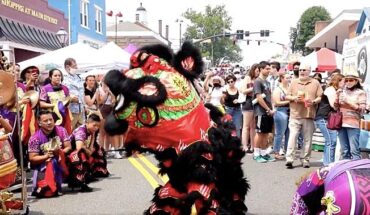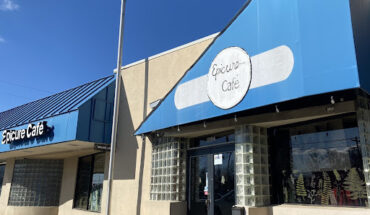Over the upcoming decades, Tysons Corner will transform into a bustling metropolis, in part due to the construction of the four new Silver Line Metro stations. The transformation is part of a larger move in Fairfax County to transition from the sprawling strip malls and highways of Northern Virginia towards more walk-able, mixed-use communities.
According to Stewart Schwartz, the executive director of Coalition for Smarter Growth, Tysons is planned to grow from having 17,000-20,000 people and 110,000 jobs to having 100,000 residents and 200,000 jobs over the next few decades. The growth is to include the development of a true street grid, a bike share, bike lanes and other transit circulators.
While there are not any other development projects planned on the same scale as Tysons, the county is pushing forward plans to focus future development and high capacity transit stations in walk-able, bike-friendly environments that are serve multiple purposes, including residential, office, retail services and parks and recreation.
“This takes time and we think extra attention needs to be paid to make this happen,” Schwartz said. “This means we need to spend more money on transit and walking and biking and local streets in Fairfax on state and local money. And we need to accelerate the planning for these places. The market is there, the demand is there, but the imperative of this, I believe, is that Fairfax, if it doesn’t move faster, it will miss out on the growing market for urban living.”
According to Schwartz, such development in a region such as Northern Virginia is a challenge.
“But that’s why we maintain this focus on these commercial corridors,” Schwartz said. “Where there’s enough land in most cases where you can create a network of streets. The alternative would be more spread out development, not just in Fairfax, but spreading out in rural areas like western Prince William, western Loudoun continuing southward and people having no choice but to drive. And that will make our traffic congestion even worse than it is today.”
One of the models for these mixed-use communities is the new Mosaic District in Merrifield, which has now been developed to include a street grid, wider sidewalks, mass-transit access and various dining and entertainment options. According to Schwartz, future development of this sort is planned for certain areas along commercial corridors and commercial centers, such as Route 1, Baily’s Crossroads, Seven Corners, Annandale and downtown McLean.
While such mixed-use communities are aimed at the Millennial generation, the rent for housing in such complexes is often high, especially for students or young professionals. The monthly rent at a single bedroom apartment in the Mosaic District in Merrifield is $1,839. According to Schwartz, this is directly due to the effects of supply and demand.
“There is so much demand to live in a walk-able community with great transit access and so much desire to be able to get out of your car and not have to sit in traffic that it has meant significantly higher prices for these places,” Schwartz said. “So part of the solution is supply – much more supply of transit and transit-stationed communities to meet this demand.”
Mason’s Parking and Transportation office is also committed to sustainable transportation and is working on many programs to decrease how many students, staff and faculty drive to school, according to Marina Budimir, the transportation coordinator at Mason Parking and Transportation. These programs were developed three years ago in Mason’s Master Plan.
“The Parking and Transportation’s office’s goal is to decrease the number of commuters who drive alone to campus by 10%, [which] has already been accomplished, but there is still more work to be done to achieve Mason’s sustainability goals,” Budamir said.
Alternative transportation methods to get to campus include shuttles that connect to major transit hubs like the Vienna Metro stop and Burke Center VRE, incentives to increase carpooling and a bicycle registration program.
“Some modes [of alternative transportation] are more popular than others,” Budamir said. “For example, Mason has put a great deal of effort into building up bike infrastructure and amenities on campus and bicycling to campus has more than doubled in the last three years. Mason has more than 1,200 bike parking spaces, and last year four bike pumps and 100 bike racks were installed mostly next to entrances to buildings for more convenient parking.”
Budamir says that Mason is actively promoting the Silver Line, and that she hopes that its opening will cut down on the number of cars traveling to Mason.
“A big part of the solution to improve mobility and access in and around Fairfax County and City is a holistic approach to transportation that recognizes that pedestrians, cyclists, bus riders and even drivers have an equal right to feel safe on roads,” Budamir said.




